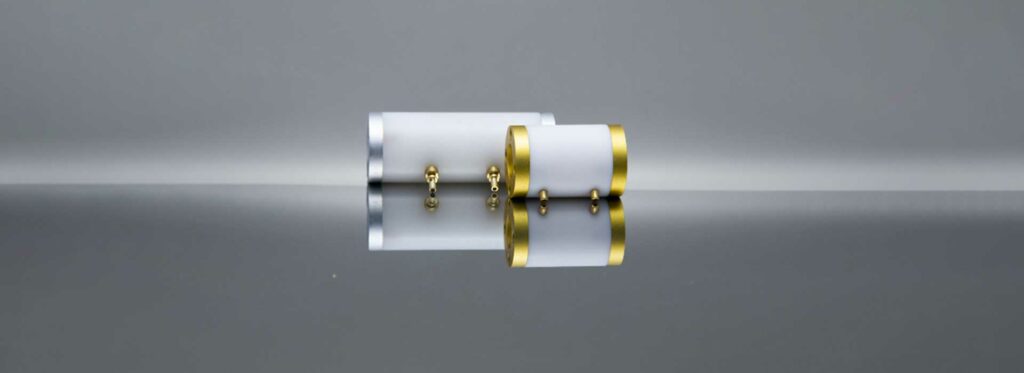Introduction to BBO Crystals
BBO (Beta-Barium Borate) crystals are a type of nonlinear optical crystal that has found many applications in cutting-edge technologies. These crystals exhibit several unique properties, such as high damage threshold, high nonlinear coefficients, and wide transparency range, which make them highly suitable for various applications. In this chapter, we will provide an introduction to BBO crystals, their properties, and crystal growth techniques.
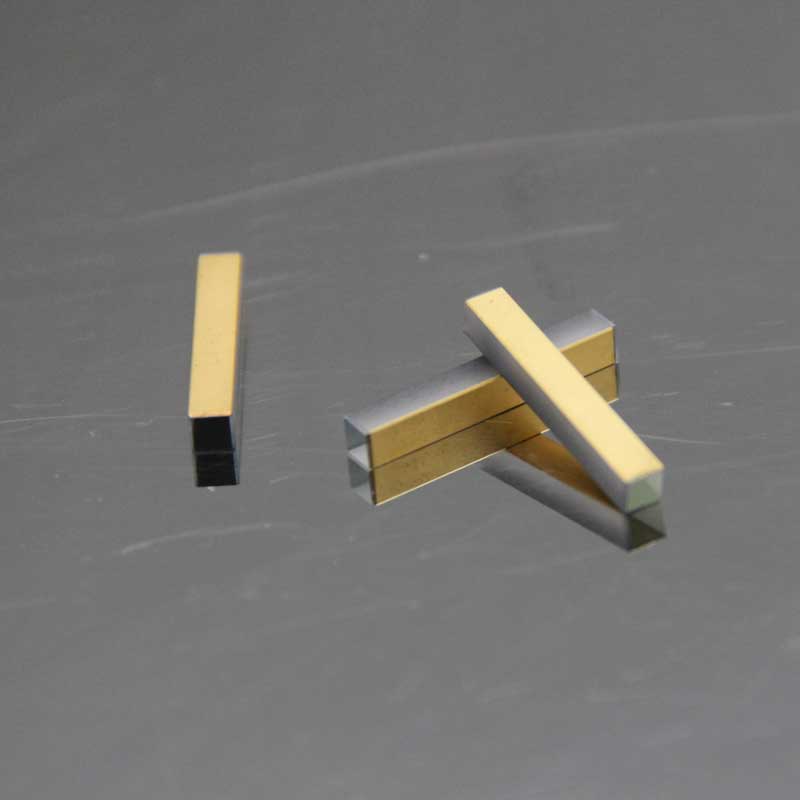
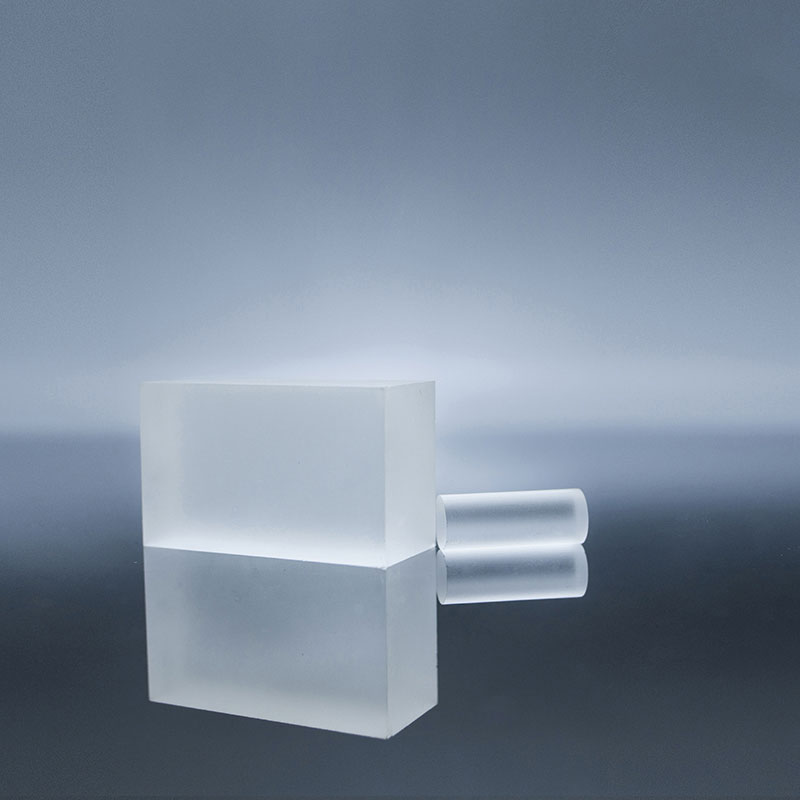
BBO crystals have a broad transparency range from 190 nm to 3300 nm, which makes them suitable for applications in the ultraviolet, visible, and near-infrared regions. BBO crystals are highly efficient in converting the frequency of light and generating harmonic waves. They exhibit a high damage threshold, which makes them highly suitable for high-power laser applications. BBO crystals are also highly resistant to photorefractive damage and have a low thermal coefficient of the refractive index, making them highly stable under high-intensity laser irradiation.
The properties of BBO crystals are highly dependent on the crystal orientation, cut angle, and thickness. BBO crystals have a non-centrosymmetric structure, which makes them highly suitable for second harmonic generation (SHG) and other nonlinear optical applications. The nonlinear coefficient of BBO crystals is several times higher than that of other nonlinear optical crystals, making them highly efficient in converting the frequency of light.
Crystal growth techniques play a crucial role in the properties of BBO crystals. The most common method for growing BBO crystals is the Czochralski method. In this method, a seed crystal is dipped into a crucible containing molten BBO. The seed crystal is slowly rotated and withdrawn from the crucible, and a single-crystal BBO ingot is grown. The ingot is then cut and polished to produce the desired crystal orientation and thickness.
BBO crystals are available in various forms, such as thin plates, prisms, and rods. Thin plates of BBO crystals are highly suitable for SHG and sum-frequency generation (SFG) applications. BBO prisms are highly suitable for OPO and electro-optic applications. BBO rods are highly suitable for high-power laser applications and nonlinear optical switching applications.
BBO crystals find applications in various fields, such as laser technology, spectroscopy, and microscopy. In laser technology, BBO crystals are used for SHG and SFG to generate laser beams at higher frequencies. In spectroscopy, BBO crystals are used for nonlinear spectroscopy techniques, such as two-photon absorption spectroscopy and coherent anti-Stokes Raman scattering (CARS) spectroscopy. In microscopy, BBO crystals are used for two-photon microscopy and harmonic generation microscopy.
In conclusion, BBO crystals are a type of nonlinear optical crystal that exhibit several unique properties, such as high damage threshold, high nonlinear coefficients, and wide transparency range. The crystal growth techniques play a crucial role in the properties of BBO crystals, and various forms of BBO crystals are available for different applications. BBO crystals find applications in various fields, such as laser technology, spectroscopy, and microscopy. Understanding the properties and crystal growth techniques of BBO crystals is crucial for exploring their potential in cutting-edge technologies.
1. Second Harmonic Generation (SHG)
Second harmonic generation (SHG) is a fundamental application of BBO crystals that involves frequency conversion of light waves. In this chapter, we will discuss the physics of SHG, its advantages, and its applications in various fields such as laser technology, spectroscopy, and microscopy.
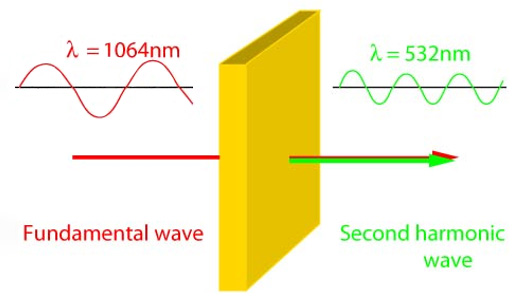
SHG is a nonlinear optical process that involves the conversion of a photon of frequency ω to a photon of frequency 2ω. The process occurs in a non-centrosymmetric medium such as BBO crystal, where the electric field of the incident photon induces a dipole moment in the medium, which radiates a second harmonic photon of twice the frequency. The conversion efficiency of SHG is dependent on the intensity of the incident light, the crystal orientation, and the thickness of the crystal.
The advantages of SHG using BBO crystals are its high conversion efficiency, high damage threshold, and broad transparency range. BBO crystals have a high nonlinear coefficient, which makes them highly efficient in converting the frequency of light. BBO crystals also have a high damage threshold, which makes them suitable for high-power laser applications. BBO crystals have a broad transparency range from ultraviolet to near-infrared, which makes them suitable for applications in various fields.
SHG using BBO crystals finds applications in various fields such as laser technology, spectroscopy, and microscopy. In laser technology, SHG is used to generate laser beams at higher frequencies, such as green and blue laser beams. SHG is used to generate tunable laser beams in optical parametric oscillators (OPO) and to produce ultra-short laser pulses in mode-locked lasers. SHG is also used in frequency doubling of telecom laser sources for wavelength division multiplexing (WDM) communication.
In spectroscopy, SHG is used for various techniques such as sum-frequency generation (SFG), vibrational circular dichroism (VCD), and second harmonic light scattering (SHLS). SFG is used to probe the interface of materials, such as the solid-liquid interface or the air-water interface, where the non-centrosymmetric properties of BBO crystals make them suitable for detecting the surface species. VCD is a chiral-specific spectroscopy technique that probes the vibrational modes of chiral molecules. SHLS is a technique that probes the structure and dynamics of biological macromolecules.
In microscopy, SHG is used for two-photon microscopy and harmonic generation microscopy. Two-photon microscopy uses the nonlinear properties of BBO crystals to excite fluorophores in biological tissues. The technique allows imaging deep into tissues with high spatial resolution and reduced photobleaching and photodamage. Harmonic generation microscopy uses the nonlinear properties of BBO crystals to image biological tissues based on the harmonic signals generated by the tissues. The technique allows imaging of collagen fibers, myelin, and muscle cells with high spatial resolution.
In conclusion, SHG using BBO crystals is a fundamental application that involves frequency conversion of light waves. The advantages of SHG using BBO crystals are its high conversion efficiency, high damage threshold, and broad transparency range. SHG using BBO crystals finds applications in various fields such as laser technology, spectroscopy, and microscopy. Understanding the physics and applications of SHG using BBO crystals is crucial for exploring their potential in cutting-edge technologies.
2. Optical Parametric Oscillators (OPO)
Optical parametric oscillators (OPO) are another crucial application of BBO crystals that generate tunable laser beams. In this chapter, we will provide an overview of OPO technology, its working principle, and its applications in various fields, such as communication, spectroscopy, and quantum computing.
OPO is a type of nonlinear optical device that uses a non-linear crystal to generate a tunable laser beam by converting an input pump laser beam to two output beams of lower frequency. OPOs are commonly used in applications that require tunable laser beams, such as spectroscopy, remote sensing, and nonlinear optics. BBO crystals are commonly used in OPOs due to their high nonlinear coefficient, broad transparency range, and low absorption in the near-infrared region.
The working principle of OPO involves the interaction of a pump beam with a BBO crystal, which generates two beams, signal and idler, at lower frequencies through a nonlinear process called parametric amplification. The frequencies of the signal and idler beams can be tuned by adjusting the angle and temperature of the BBO crystal. The phase-matching condition, which is determined by the crystal orientation and wavelength of the input pump beam, is crucial for efficient conversion of the pump beam to the signal and idler beams.
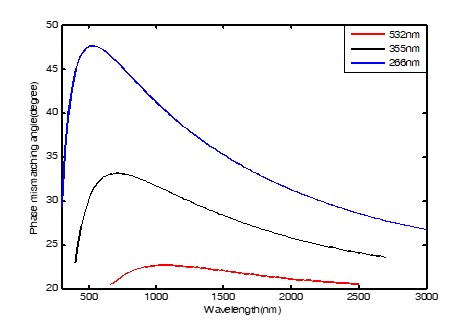
OPOs have several advantages over other tunable laser sources, such as dye lasers and Ti:Sapphire lasers. OPOs have a wider tuning range, higher energy efficiency, and higher output power. OPOs also have a longer lifetime, lower maintenance requirements, and are more compact and cost-effective.
OPOs find applications in various fields, such as communication, spectroscopy, and quantum computing. In communication, OPOs are used for wavelength division multiplexing (WDM) and frequency modulation spectroscopy (FMS). In WDM, OPOs generate tunable laser beams for multiplexing and demultiplexing different wavelength channels in optical communication systems. In FMS, OPOs generate tunable laser beams for sensing the absorption spectra of gases.
In spectroscopy, OPOs are used for various techniques such as Raman spectroscopy, CARS spectroscopy, and photoacoustic spectroscopy. Raman spectroscopy uses the interaction of light with molecules to probe their vibrational modes. CARS spectroscopy uses the interaction of two laser beams to probe the vibrational modes of molecules with high sensitivity and selectivity. Photoacoustic spectroscopy uses the interaction of light with materials to generate acoustic waves that are detected by a microphone for spectroscopic analysis.
In quantum computing, OPOs are used for generating entangled photon pairs that are crucial for quantum communication and cryptography. OPOs generate correlated photon pairs through a process called spontaneous parametric down-conversion (SPDC), where a pump photon generates two entangled photons, signal and idler, that have opposite polarizations and are energy- and momentum-conserving. The entangled photon pairs have applications in various quantum protocols, such as quantum teleportation and quantum key distribution.
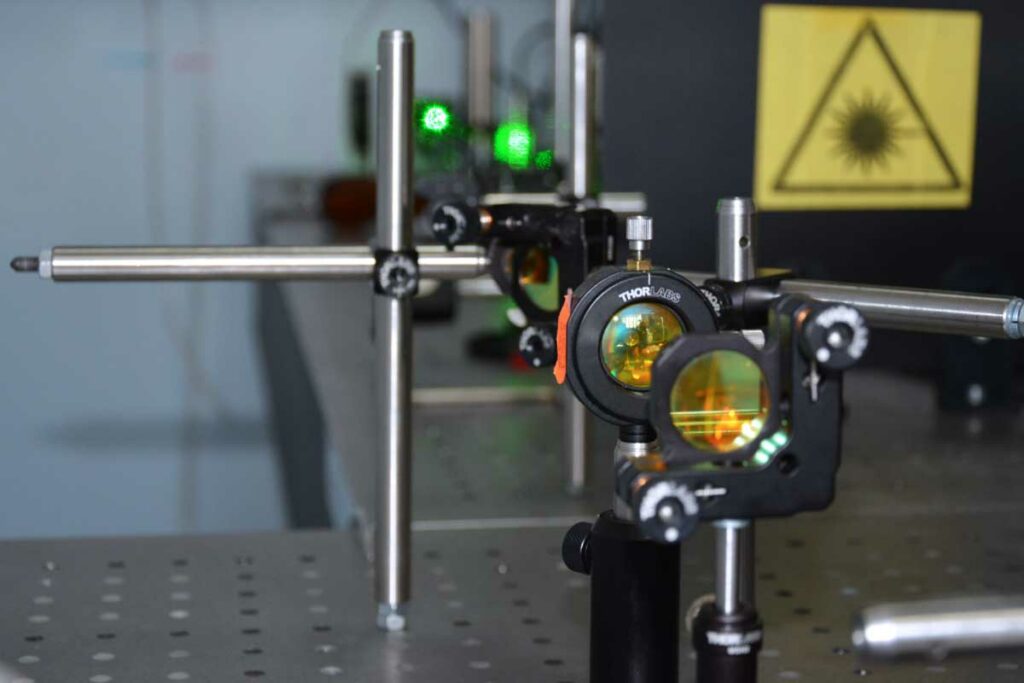
In conclusion, OPOs are a crucial application of BBO crystals that generate tunable laser beams by converting an input pump beam to two output beams of lower frequency. OPOs have several advantages over other tunable laser sources and find applications in various fields, such as communication, spectroscopy, and quantum computing. Understanding the working principle and applications of OPOs is crucial for exploring their potential in cutting-edge technologies.
3. Electro-optic Modulation
Electro-optic modulation is a technique that uses an electric field to control the polarization and intensity of light. In this chapter, we will explain the electro-optic effect and its applications in various fields, such as optical communication, sensing, and imaging.
The electro-optic effect is a phenomenon that occurs in certain materials, including BBO crystals, where the refractive index of the material changes when an electric field is applied to it. The electro-optic effect is based on the interaction between the electric field and the polarization of the material. When an electric field is applied to the material, the polarization of the material changes, leading to a change in the refractive index of the material.
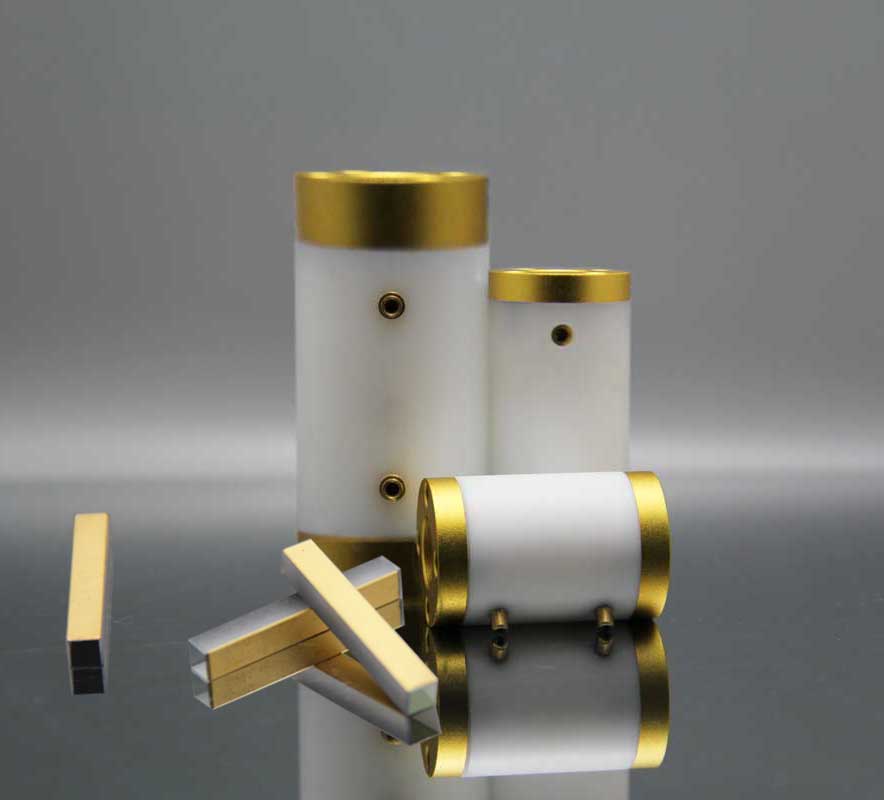
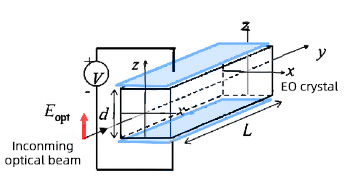
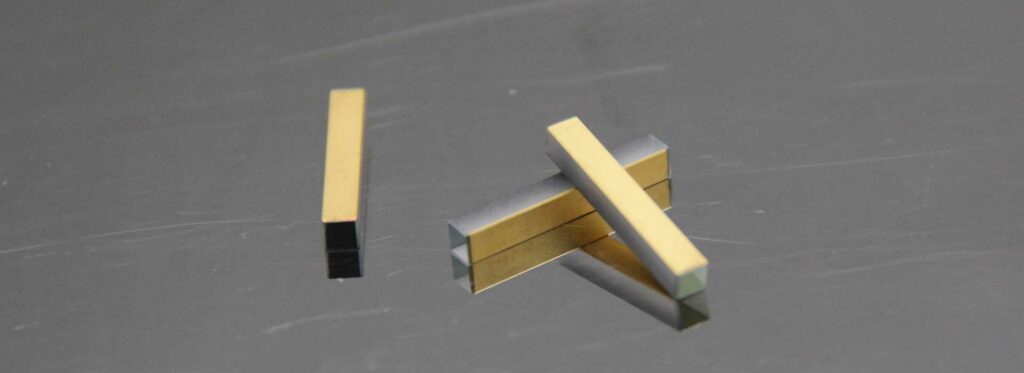
BBO crystals are highly suitable for electro-optic modulation due to their high electro-optic coefficient, high damage threshold, and low absorption in the near-infrared region. BBO crystals are commonly used in Mach-Zehnder interferometers, where the electric field is applied to a BBO crystal to control the interference pattern of the light.
Electro-optic modulation finds applications in various fields, such as optical communication, sensing, and imaging. In optical communication, electro-optic modulation is used for modulating the intensity and phase of optical signals. In optical modulators, a BBO crystal is sandwiched between two electrodes, and an electric field is applied to the crystal to control the polarization and intensity of the light. Electro-optic modulators are used for various applications, such as amplitude modulation, phase modulation, and frequency modulation.
In sensing, electro-optic modulation is used for measuring electric fields, temperature, and pressure. In an electric field sensor, a BBO crystal is placed between two electrodes, and an electric field is applied to the crystal to induce a phase shift in the light passing through the crystal. The phase shift is proportional to the electric field, and the sensitivity of the sensor can be increased by increasing the length of the BBO crystal.
In imaging, electro-optic modulation is used for optical coherence tomography (OCT), a non-invasive imaging technique that generates high-resolution images of biological tissues. In OCT, a BBO crystal is placed in the reference arm of the interferometer, and an electric field is applied to the crystal to control the delay of the reference beam. The delay is adjusted to match the path length of the sample beam, and the interference pattern is detected by a detector.
In conclusion, electro-optic modulation is a technique that uses an electric field to control the polarization and intensity of light. BBO crystals are highly suitable for electro-optic modulation due to their high electro-optic coefficient, high damage threshold, and low absorption in the near-infrared region. Electro-optic modulation finds applications in various fields, such as optical communication, sensing, and imaging. Understanding the electro-optic effect and its applications is crucial for exploring the potential of BBO crystals in cutting-edge technologies.
4. Sum-Frequency Generation (SFG)
Sum-frequency generation (SFG) is a nonlinear optical process that involves the generation of a new frequency through the interaction of two input frequencies. In this chapter, we will explain the physics of SFG, its advantages, and its applications in various fields such as surface science, catalysis, and biochemistry.
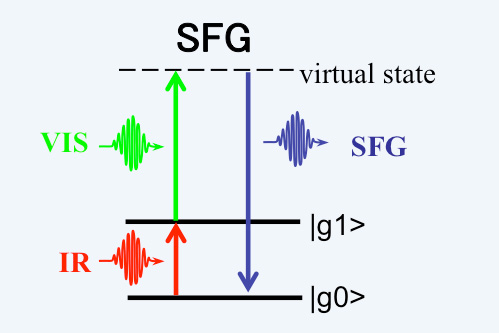
SFG is a type of nonlinear optical process that occurs in a non-centrosymmetric medium, such as BBO crystals, where two input frequencies, ω1 and ω2, generate a new frequency, ω3 = ω1 + ω2. The process involves the interaction of the electric fields of the input frequencies, which induces a dipole moment in the medium, leading to the emission of the sum-frequency photon. The efficiency of SFG is dependent on the crystal orientation, thickness, and polarization of the input beams.
The advantages of SFG using BBO crystals are its high conversion efficiency, high damage threshold, and high sensitivity to surface properties. SFG is highly sensitive to the interface between two materials, where the non-centrosymmetric properties of BBO crystals make them suitable for detecting the surface species. SFG is also highly selective, as the generated frequency is specific to the molecular vibrations of the surface species.
SFG using BBO crystals finds applications in various fields, such as surface science, catalysis, and biochemistry. In surface science, SFG is used to probe the surface properties of materials, such as the orientation, ordering, and composition of surface molecules. SFG is also used to study the dynamics of surface reactions, such as adsorption, desorption, and reaction intermediates.
In catalysis, SFG is used to study the active sites and reaction mechanisms of catalysts. SFG is used to probe the vibrations of the surface species involved in the catalytic reaction, such as adsorbed reactants, intermediates, and products. SFG is also used to study the interactions between the catalyst and the substrate, such as the binding strength and orientation of the surface molecules.
In biochemistry, SFG is used to study the structure and function of biological molecules, such as proteins, lipids, and nucleic acids. SFG is highly sensitive to the vibrations of the molecular bonds, such as the C-H and N-H bonds, which are specific to the functional groups of the biological molecules. SFG is used to study the conformational changes, interactions, and dynamics of the biological molecules.
In conclusion, SFG using BBO crystals is a nonlinear optical process that involves the generation of a new frequency through the interaction of two input frequencies. SFG using BBO crystals has several advantages, such as high conversion efficiency, high damage threshold, and high sensitivity to surface properties. SFG using BBO crystals finds applications in various fields, such as surface science, catalysis, and biochemistry. Understanding the physics and applications of SFG using BBO crystals is crucial for exploring their potential in cutting-edge technologies.
5. Optical Parametric Amplification (OPA)
Optical parametric amplification (OPA) is a nonlinear optical process that amplifies a weak input signal by using a strong pump beam in a non-linear crystal such as BBO crystals. In this chapter, we will explain the physics of OPA, its advantages, and its applications in various fields such as spectroscopy, laser cooling, and quantum computing.
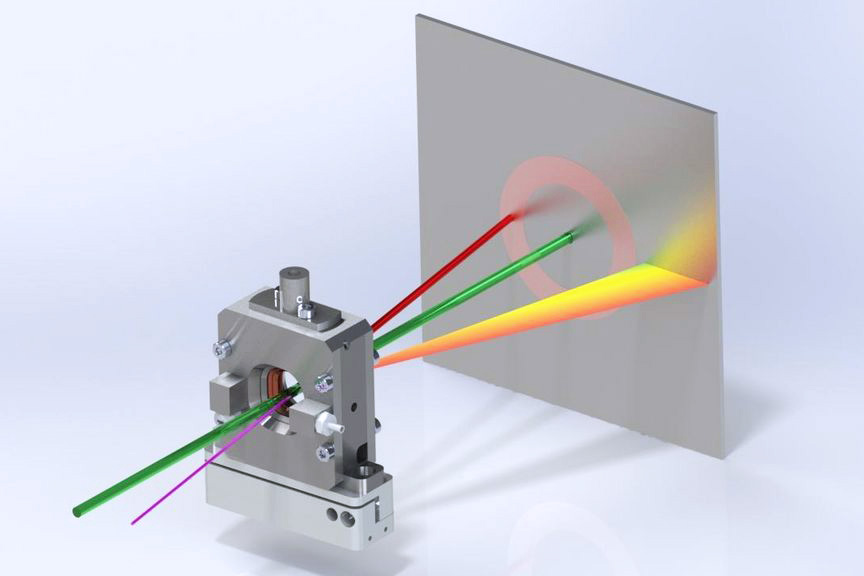
OPA is a type of nonlinear optical process that uses a non-linear crystal such as BBO crystals to amplify an input signal by a strong pump beam. The process involves the interaction between the pump beam and the crystal, which generates two output beams, the amplified signal, and an idler beam. The frequency of the signal and idler beams can be tuned by adjusting the angle and temperature of the crystal.
The advantages of OPA using BBO crystals are its high conversion efficiency, high gain, and high damage threshold. BBO crystals have a high non-linear coefficient, which makes them highly efficient in converting the frequency of light. BBO crystals also have a high gain, which makes them suitable for amplifying weak signals. BBO crystals have a high damage threshold, which makes them suitable for high-power laser applications.
OPA using BBO crystals finds applications in various fields such as spectroscopy, laser cooling, and quantum computing. In spectroscopy, OPA is used for various techniques such as Raman spectroscopy, terahertz spectroscopy, and ultrafast spectroscopy. In Raman spectroscopy, OPA is used to generate tunable laser beams for probing the vibrational modes of molecules with high sensitivity and selectivity. In terahertz spectroscopy, OPA is used to generate terahertz waves for probing the electronic and vibrational properties of materials. In ultrafast spectroscopy, OPA is used to generate femtosecond pulses for studying the dynamics of molecular processes.
In laser cooling, OPA is used to generate tunable laser beams for cooling and trapping atoms and molecules. In magneto-optical trapping (MOT), OPA is used to generate laser beams for cooling and trapping neutral atoms. In electro-optical trapping (EOT), OPA is used to generate laser beams for cooling and trapping charged particles, such as ions.
In quantum computing, OPA is used for generating entangled photon pairs that are crucial for quantum communication and cryptography. OPA generates correlated photon pairs through a process called spontaneous parametric down-conversion (SPDC), where a pump photon generates two entangled photons, signal and idler, that have opposite polarizations and are energy- and momentum-conserving. The entangled photon pairs have applications in various quantum protocols, such as quantum teleportation and quantum key distribution.
In conclusion, OPA using BBO crystals is a nonlinear optical process that amplifies a weak input signal by using a strong pump beam in a non-linear crystal. OPA using BBO crystals has several advantages, such as high conversion efficiency, high gain, and high damage threshold. OPA using BBO crystals finds applications in various fields, such as spectroscopy, laser cooling, and quantum computing. Understanding the physics and applications of OPA using BBO crystals is crucial for exploring their potential in cutting-edge technologies.

Frank
Frank graduated from the University of Shanghai for Science and Technology, majoring in optics. As a technical engineer at Crylink Company, he deeply understands crystal materials and laser components.
Related Video(s) with this Article
Related Product(s) with this Article
Related Application(s) with this Article

